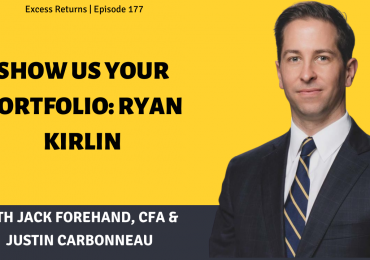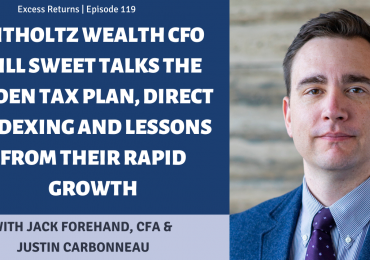Often times, investors overlook a key part of portfolio management when buying and selling stocks: tax impact. But in a recent research report, quantitative investing guru James O’Shaughnessy’s firm offers some tips for how to minimize Uncle Sam’s impact on your portfolio.
“Many well-known academic studies focus on the generation of excess returns on the stock market ‘in a frictionless world,'” writes O’Shaughnessy Asset Management’s Scott Bartone. “This means that their studies often don’t account for transaction costs, stock liquidity, and the tax impact of a trading strategy. … Those various ‘frictions’ can have huge implications on a client’s portfolio — effective tax and transaction cost management is key to realizing the benefits of any quantitative investment strategy.”
OSAM uses a few techniques for minimizing taxes, Bartone says. “Whenever possible, OSAM restricts the sale of a stock that is in a short- term gain position to the client so as not to impose the higher short-term tax rate,” he says. In addition, it looks for opportunities to sell stocks at short-term losses each time it rebalances its portfolios. Those realized losses can be used to offset taxable gains for the current year, or set aside to offset future years’ gains. The firm also limits purchases of stocks that have been sold at a loss to avoid “wash sale” tax issues.
In order to do all of this, OSAM stresses that investors must consider these tax issues throughout the year — not just when Uncle Sam comes calling in April. Bartone offers some examples of how OSAM’s portfolios benefitted from this sort of continual tax-conscious mindset in 2013.
One more interesting note from the firm is its take on turnover. “While we agree that excessive turnover can be destructive to portfolios, we believe the usefulness in assessing the impact of turnover on after-tax returns is overstated,” says Bartone. “First, turnover allows managers to stay ‘true’ to their investment philosophy as the market changes. … In addition to being an alpha driver, turnover can periodically be advantageous for tax purposes”, allowing investors tho take advantage of short term losses.






